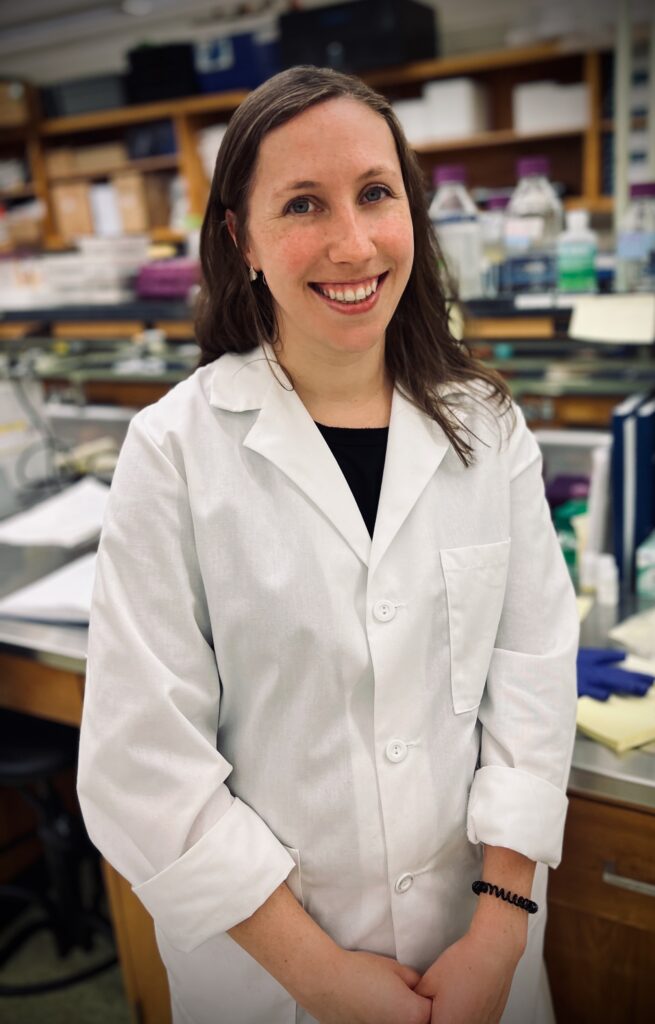When you think of a coral reef, what do you picture? Perhaps you imagine colorful branching structures jutting out of rock and the sea floor, with flourishing communities of fish swimming about. Or if you’ve been paying attention to news about global warming for the past decade or two, maybe you picture desolate expanses of bleached corals, their bone-like structures eerily reminiscent of a mass graveyard.
What you might not picture is a zoomed-in view of the coral ecosystem: the multitude of bacteria, fungi, viruses, and algae that occupy the intricate crevices of every coral. While corals are indeed animals in their own right, they belong to a complex symbiotic relationship with these microorganisms: the algae, which are more specifically dinoflagellates, provide energy to the coral through the process of photosynthesis. Bacteria occupying the mucus layers cycle nutrients and play a role in defense against pathogen invasion through the production of antimicrobial peptides.
One lesser-known member of this community, or the coral ‘holobiont’ as it is called, are the viruses. It’s probable that, like other members of the holobiont, they contribute to the health of the coral in some way, but this role is as of yet unclear. Our guest this week is Emily Schmeltzer, a fifth year PhD student in the Vega Thurber lab in the Department of Microbiology, and these elusive viruses are exactly what she is trying to uncover.
“We don’t know a ton about viruses on coral reefs,” says Schmeltzer. “ We know that some probably cause disease or mortality through infections, but we don’t really know exactly what a lot of them are doing, because marine viral ecology is such a relatively new field,” she explains.
It’s not surprising: viruses, while the most abundant and diverse entity on earth, are incredibly tiny and difficult to detect in environments where other organisms also thrive. Part of the challenge is that they have no universally conserved genes: that is, no easy way to tell the genes from viruses apart from the genes of other organisms. When studying bacteria, a gene called the 16S rRNA gene can be used as a sort of ‘name tag’ – every bacteria has this gene, whereas other organisms do not. There’s no such thing for viruses, making them difficult to study if you don’t already know what you’re looking for.
Schmeltzer is studying the viruses that live on corals and their response to climate change. To do this, her PhD research has involved a massive spatiotemporal study (spatio = across different locations, temporal = across multiple time points) looking at nearly 400 individual coral colonies of three different species over 3 years. All of these colonies are off the coast of the Moorea, a small island in French Polynesia in the South Pacific. The ultimate goal of the project is to contribute to the ongoing data collection for the Moorea Coral Reef Long Term Ecological Research project, and to characterize virus community diversity and potential function in the health of these corals.
Studying coral reefs is a big leap for Schmeltzer, who hails from the land-locked deserts of New Mexico. She was always interested in biology, which she attributes to her dad bringing home dead scorpions to look at together when she was a child. Arthropods ultimately ended up becoming her first research subjects: as an undergraduate at the University of New Mexico, she worked in an insect and spider taxonomy lab, before pivoting to working on West Nile virus.
So how did this insect-loving desert-dweller end up studying viruses that live on corals in the ocean? To learn more about Schmeltzer’s career trajectory, her love of corals, and the challenges of viral research, tune in to Inspiration Dissemination this Sunday, April 2nd at 7 PM. Listen live at 88.7 FM or on the live stream, or catch the episode after the show wherever you get your podcasts!


